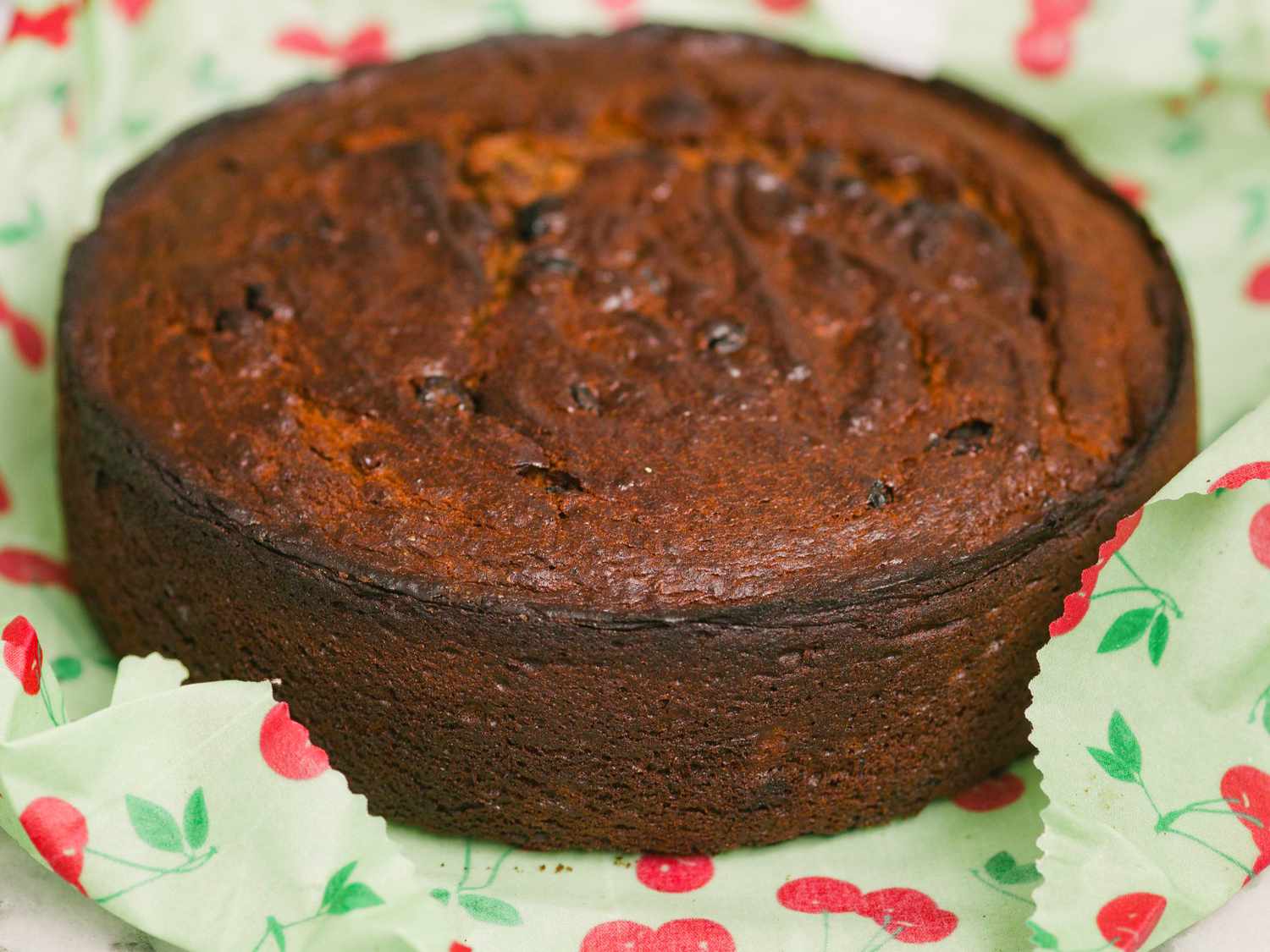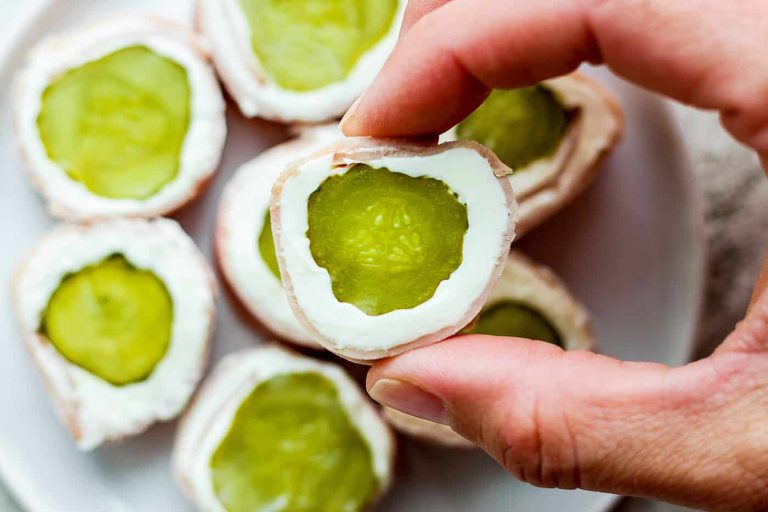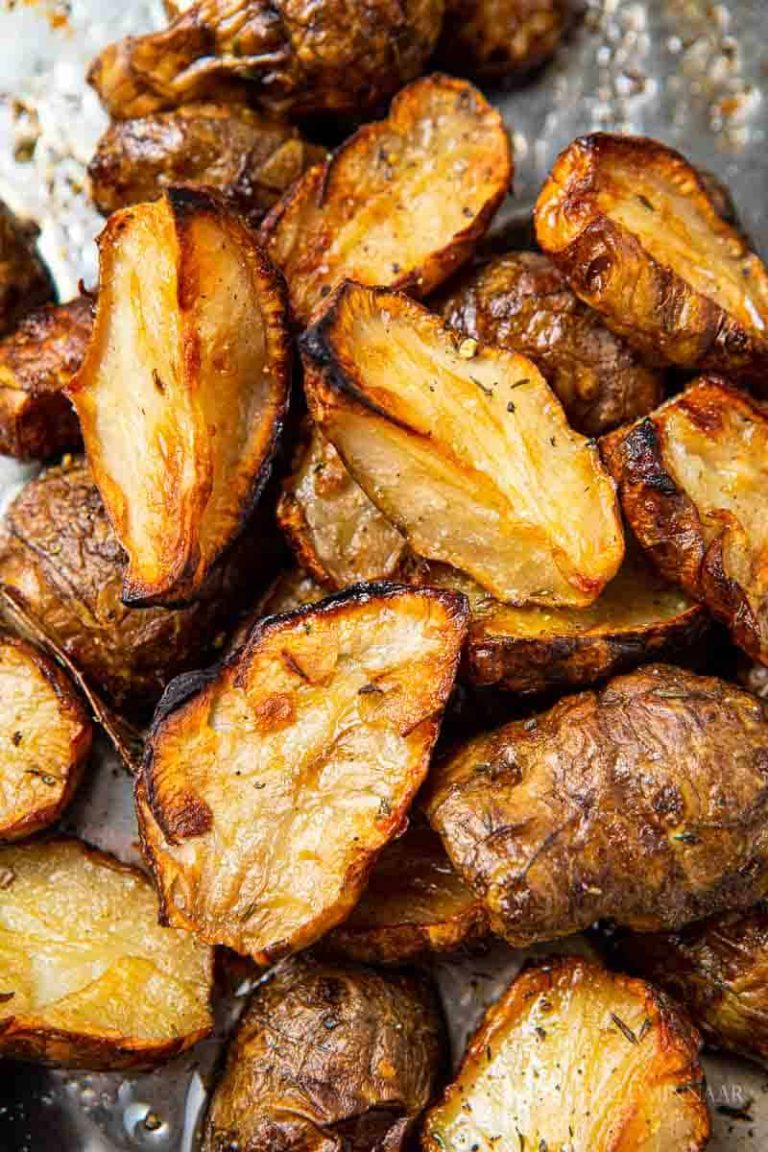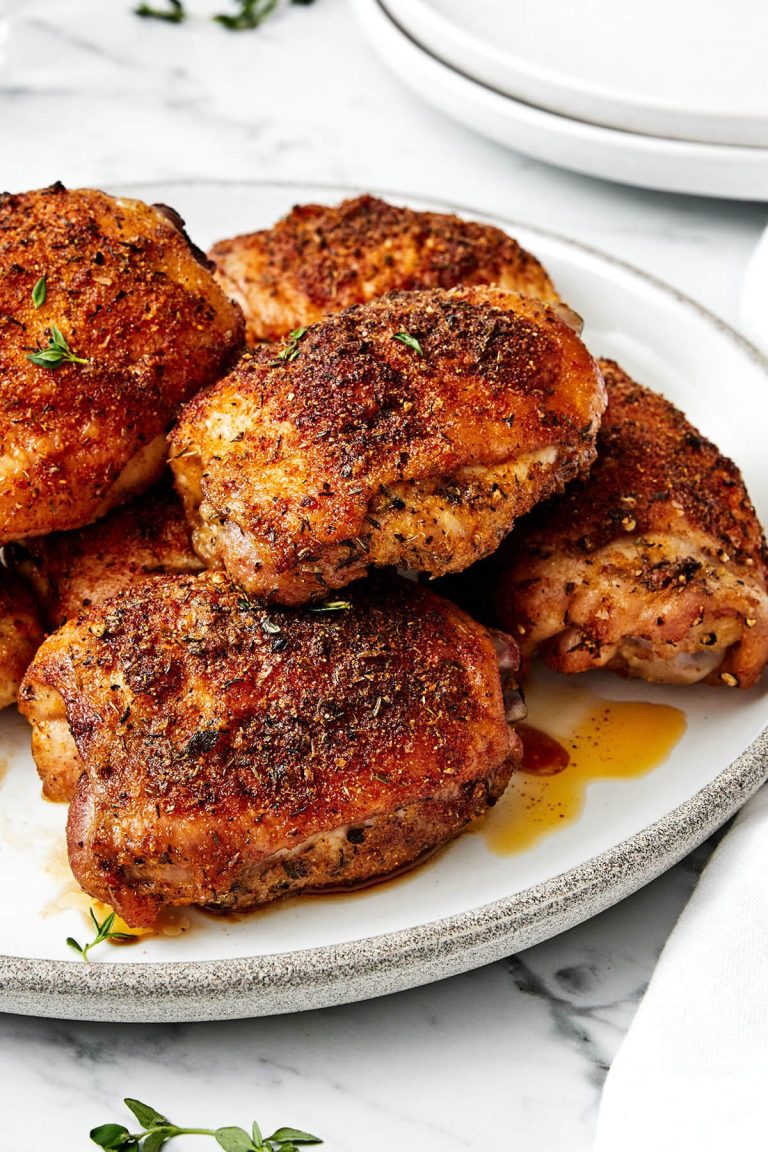Trinidad Black Cake: Recipes, Tips, and Storage Guide
Trinidad Black Cake traces its roots back to the colonial period. The cake’s evolution stems from European fruitcakes brought by settlers. Over time, locals adapted these recipes by incorporating rum and local spices. The cake reflects the island’s blend of African, European, and East Indian influences. You can find its historical significance in its continued presence at Christmas and special occasions.
Cultural Impact
The cake plays a crucial role in Trinidadian culture. Families pass down recipes through generations, preserving culinary heritage. Associating the black cake with Christmas and weddings makes it a symbol of unity and celebration. You see its cultural impact in how it brings families together during preparation and consumption, making it a cherished tradition.
Key Ingredients in Trinidad Black Cake
Dried Fruits And Rum
Trinidad Black Cake relies heavily on dried fruits soaked in rum. These usually include raisins, prunes, currants, and cherries. You need to soak the fruits for several weeks or even months to ensure they absorb the rum’s essence fully. This extended soaking process gives the cake its distinct flavor and moist texture. Using high-quality rum, preferably dark rum, helps enhance the cake’s richness.
Burnt Sugar Caramel
Another essential component is burnt sugar caramel. This ingredient gives the cake its signature dark color and unique taste. You prepare the caramel by melting sugar until it reaches a deep brown hue, then carefully adding boiling water to achieve a syrupy consistency. Trinidad Black Cake’s deep, complex flavors depend on this caramel’s precise preparation, adding a depth that’s hard to replicate with other sweeteners.
Recipe Variations
Traditional versus Modern Approaches
You can explore both traditional and modern approaches when preparing Trinidad Black Cake. The traditional method requires soaking dried fruits like raisins, prunes, currants, and cherries in rum for at least a few weeks, sometimes up to a year. This ensures the fruit absorbs the rum, enhancing flavors and achieving a moist texture.
Modern methods offer streamlined processes, such as shorter soaking periods or using pre-soaked mixed fruits available in stores. These adaptations maintain the cake’s richness while saving preparation time. Some modern recipes may also incorporate food processors for chopping fruits, ensuring consistent texture and faster preparation.
Vegan and Gluten-Free Versions
You can enjoy Trinidad Black Cake even if you follow a vegan or gluten-free diet. For a vegan version, replace traditional eggs with flaxseed or chia seed gel. Plant-based margarine or coconut oil can substitute butter. These alternatives create a moist, flavorful cake without animal products.
To make the cake gluten-free, use gluten-free flour blends instead of wheat flour. Ensure that all other ingredients, like baking powder and spices, are certified gluten-free. This way, you can enjoy the rich, festive flavors of Trinidad Black Cake without compromising dietary needs.
Preparing Trinidad Black Cake
Soaking the Fruits
To prepare Trinidad Black Cake, soak dried fruits for an extended period. Use raisins, prunes, currants, and cherries, for example. Combine the fruits with dark rum and cherry brandy for optimum flavor. Ensure the fruits are fully covered with the alcohol. For best results, allow the mixture to soak for at least two weeks. Make sure to occasionally stir the fruits to ensure even soaking. Some opt for a six-month soaking period, though this is optional.
Baking Techniques
Proper baking techniques yield a moist Trinidad Black Cake. Preheat the oven to 250°F. Grease and line the baking pans with parchment paper to prevent sticking. Cream butter and sugar together until fluffy, then add eggs one at a time. Fold in the soaked fruit mixture along with the caramelized sugar, which gives the cake its distinctive color. Pour the batter into prepared pans and place in the oven. Bake for 2-2.5 hours or until a toothpick inserted in the center comes out clean. Once removed from the oven, allow the cake to cool before removing it from the pan. Brush additional rum over the warm cake for extra moisture and flavor.
Serving and Storage Suggestions
Best Practices for Serving
Slice Trinidad Black Cake into small, bite-sized pieces. This cake’s rich, dense texture makes smaller portions ideal for tasting. When ready to serve, pair the cake with fresh whipped cream or vanilla ice cream to balance the intense flavors. For a festive presentation, garnish with maraschino cherries or a dusting of powdered sugar. Trinidad Black Cake enhances celebrations, especially Christmas, with its deep, spiced notes and rich undertones.
Tips for Long-Term Storage
Store the cake properly to enjoy its flavors for months. Wrap the cake tightly in plastic wrap first, ensuring no air pockets. Then, wrap it in foil to provide an additional layer of protection. Place the wrapped cake in an airtight container. Keep it in a cool, dry place away from sunlight. Periodically brush the cake with rum to maintain moisture and enhance flavor. For extended storage, freeze the wrapped cake. Thaw it in the refrigerator overnight before serving. Proper storage maintains the cake’s rich taste and moist texture over time.
Conclusion
Trinidad Black Cake is more than just a dessert; it’s a tapestry of cultural influences and a symbol of celebration. Whether you stick to the traditional recipe or explore modern variations like vegan and gluten-free options, this cake offers a rich, flavorful experience. The meticulous preparation and careful storage ensure you can savor its unique taste for months. So next time you’re looking to add a touch of Trinidadian flair to your festivities, consider making or enjoying a slice of this iconic cake. Your taste buds will thank you!






